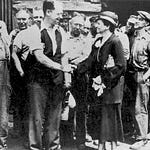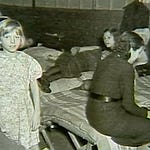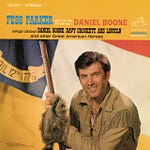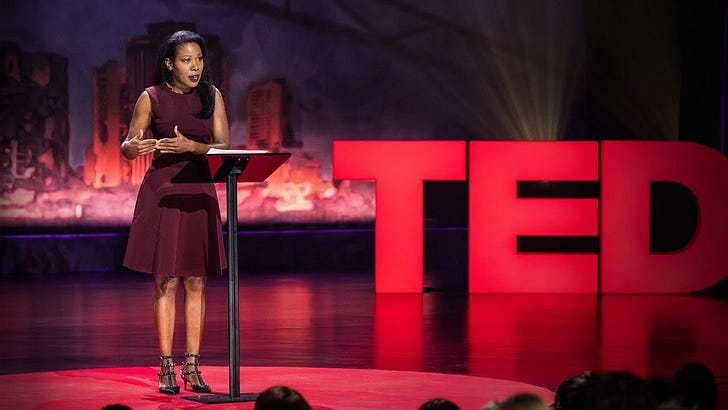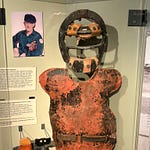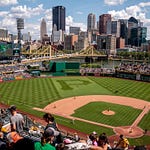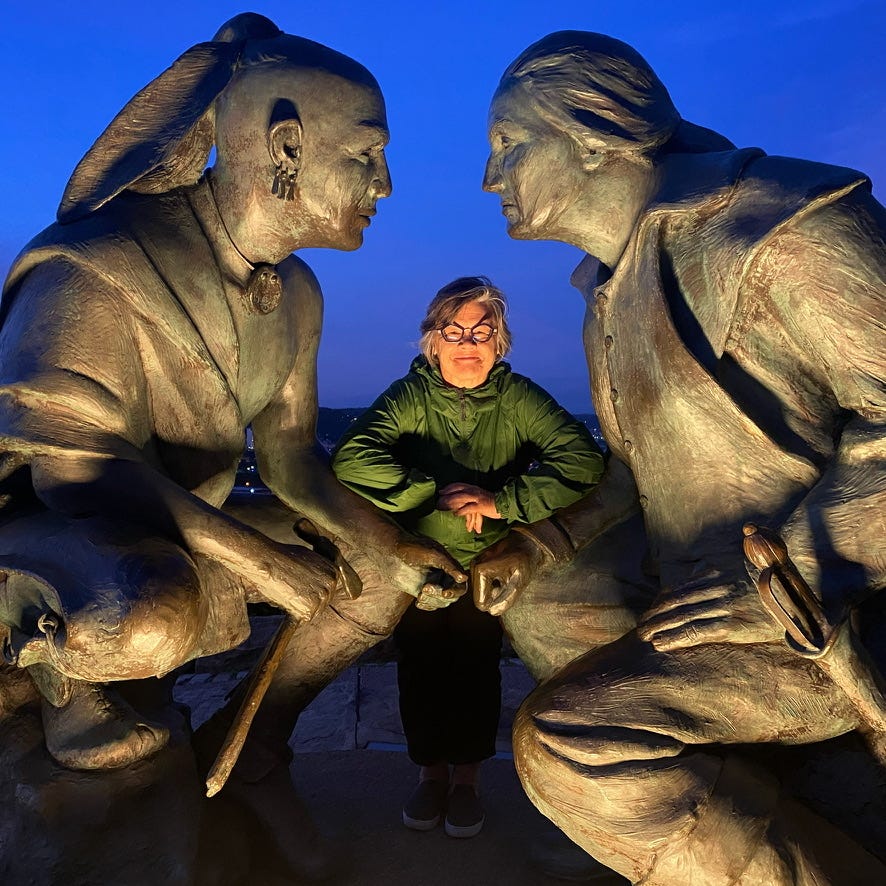
Me between Guyasuta and George Washington (1770), memorialized as the bronze,“Point of View,” by James A. West.High above the Ohio River, atop Mount Washington, the meeting between Guyasuta and George Washington in 1770 is memorialized in bronze. As you can tell from comparing me to the two historical figures, it’s a massive piece of public art that just begs to be admired.
Waiting for Jack to finish taking my picture, I wrestled with what I could remember from fifth grade Ohio History, unsure if Washington was a British officer or a newly minted American in this scene. Guyasuta, a leader of the Seneca people, made me think the statues commemorated the French and Indian War, but I couldn’t remember if that conflict took place before or after the Revolution. For that matter, why were the French fighting the Indians? Or were the Americans fighting the French and the Indians? How could this be, since there weren’t really Americans before the Revolution? I could never keep that straight.
French and Indian War—who fought whom?
The answer: Britain and France were the chief rivals in what American textbooks call the French and Indian War. That title is fraught for many reasons, the first of which is that different tribes of Indians sided with each country in different regions for different reasons. In the final analysis, England fought both the French and French-allied Indians. As victors, they named the war for their adversaries.
Whew. I’m today years old when it finally hit me that whoever won the war gets to name the battle after their foes, which explains why it isn’t the Greek-Trojan war, but the Trojan War. However, this doesn’t explain why the Mexican-American War isn’t just the Mexican War.
Moving on.
What did the French call the French and Indian War? French Canadians called it the guerre de la Conquête ('War of the Conquest'). Fair enough.
What did the rest of the world (that wasn’t France or England) call it?
The First World War, aka The Seven Years’ War
For Europeans, America was a theater within the Seven Years’ War.
What? You mean America wasn’t the centerpiece of its own war?
Correct.
I sorted out all the pieces at the Senator John Heinz History Center in Pittsburgh, spending an hour in the “Clash of Empires” exhibit. There, I learned that after two years of fighting in America, the French and British declared war in 1756. But that wasn’t all that went down in Europe. As it always happens, a war between two countries breaks out, their allies join in, and before you know it, Portugal, Spain, Prussia, and Austria joined on different sides. The fighting spread to India, the West Indies, Africa, and the Philippines before the end of the conflict in 1763.
Holy cow, no wonder Churchill called it the first world war. This video does a super job of summing it up and putting the American colonies in a global context.
As told in the video (you did watch the whole thing, didn’t you?), after the Treaty of Paris, the British quickly established an Indian Reservation with the Ohio River as an essential boundary. Aha, now the importance of Pittsburgh, especially its Golden Triangle, becomes apparent—why the French erected Fort Duquesne, why they burned it when it was apparent they couldn’t hold it, and why the British built Fort Pitt on the same spot.
Stay tuned for my next installment. Meanwhile, how about sharing this one with friends?
“
The Arts & Science Council took a shine to my idea and is supporting the 981 Project as it becomes a book. THANK YOU!
This is Tamela’s Newsletter. First project: The 981 Project.






